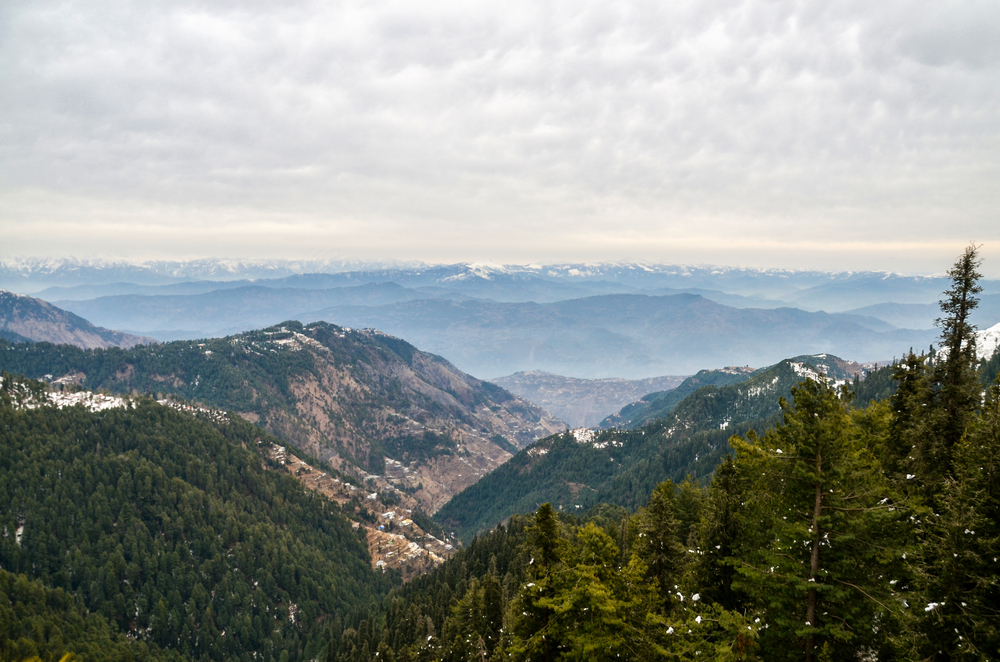Ayubia Overview
Ayubia National Park, locally known as Ayubia Milli Bagh, is located in the Abbottabad District of Khyber Pakhtunkhwa, Pakistan. Covering approximately 13.5 square miles (35 square kilometers), this park was established in 1984 to protect the unique Himalayan ecosystem.
Nestled in the western Himalayan range, it is situated between the popular hill stations of Murree and Nathiagali, making it a prime destination for both local and international visitors. The park’s altitude ranges from 1,050 meters (3,445 feet) to 3,027 meters (9,931 feet), creating a diverse range of landscapes and climatic conditions that support an abundance of flora and fauna.
The park features a rugged mountainous terrain covered with thick forests, deep ravines, and steep slopes. The landscape is dominated by Himalayan moist temperate forests, with towering blue pines, deodars (Himalayan cedars), silver firs, and oaks forming a dense canopy.
The undergrowth consists of shrubs, ferns, and a rich variety of medicinal plants. The park also experiences heavy snowfall in winter, transforming it into a scenic wonderland, while the summer months bring lush greenery and blooming wildflowers. Numerous freshwater streams and small waterfalls add to the park’s picturesque beauty, creating an ideal setting for hikers and nature lovers.
Ayubia National Park is home to a remarkable array of wildlife, including some rare and endangered species. The elusive leopard roams the forests, while smaller predators like red foxes, Himalayan black bears, and yellow-throated martens are also present.
The park is a haven for birdwatchers, as it hosts more than 200 bird species, including the golden eagle, peregrine falcon, and Himalayan monal, the national bird of Nepal. Many migratory birds also pass through the region, adding to its avian diversity. The park’s thick vegetation and protected environment provide crucial habitats for these species, ensuring their survival in the region.
One of the most popular features of Ayubia National Park is the Pipeline Track, a scenic 4-kilometer (2.5-mile) hiking trail that connects Dunga Gali to Ayubia. This relatively easy trek offers breathtaking views of the surrounding valleys and is shaded by dense pine forests, making it a favorite among hikers and photographers.
Another major attraction is the Ayubia Chairlift, which provides panoramic views of the rolling hills and deep gorges. Several well-maintained viewpoints allow visitors to take in stunning vistas of the Himalayan foothills, while picnic areas provide a perfect spot for families to relax in nature.
Visitors can experience Ayubia National Park through various activities such as hiking, wildlife spotting, photography, and nature walks. The Pipeline Track remains the most famous route, while more adventurous trekkers can explore deeper into the forested areas.
Birdwatching is a popular pastime, with many enthusiasts bringing binoculars to observe the region’s rich avian life. During the winter months, the higher altitudes are occasionally covered in snow, offering opportunities for snow trekking. Local villages surrounding the park provide a cultural experience, with small tea stalls and handicraft shops adding to the charm of the visit.
Despite its beauty, Ayubia National Park faces conservation challenges such as deforestation, habitat degradation, and human encroachment. Illegal logging and land conversion threaten the delicate ecosystem, while increasing tourist activity puts pressure on the environment.
However, conservation efforts, including reforestation programs, stricter wildlife protection laws, and eco-tourism initiatives, have helped sustain the park’s biodiversity. The park is managed by the Khyber Pakhtunkhwa Wildlife Department, which actively works to preserve its natural heritage through community engagement and awareness campaigns.
These initiatives ensure that Ayubia National Park remains a sanctuary for wildlife and a cherished destination for nature enthusiasts.










































































